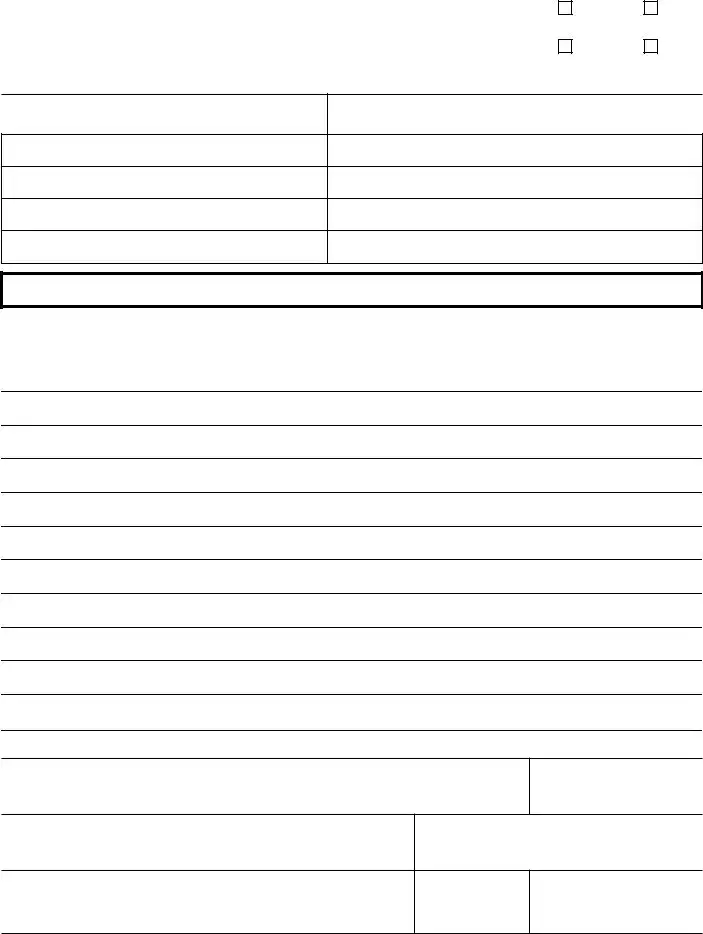Form SSA-3380-BK (06-2020) |
Page 2 of 10 |
Privacy Act and Paperwork Reduction Act Statements
Sections 205(a), 223(d), and 1631 of the Social Security Act (Act), as amended, allow us to collect this information. Furnishing us this information is voluntary. However, failing to provide all or part of the information may prevent an accurate and timely decision on any claim filed.
We will use the information you provide to make a determination of eligibility for benefits. We may also share your information for the following purposes, called routine uses:
•To contractors and other Federal agencies, as necessary, for the purpose of assisting the Social Security Administration (SSA) in the efficient administration of its programs; and
•To applicants, claimants, prospective applicants or claimants, other than the data subject, their authorized representatives or representative payees to the extent necessary to pursue Social Security claims and to representative payees when the information pertains to individuals for whom they serve as representative payees, for the purpose of assisting SSA in administering its representative payment responsibilities under the Act and assisting the representative payees in performing their duties as payees, including receiving and accounting for benefits for individuals for whom they serve as payees.
In addition, we may share this information in accordance with the Privacy Act and other Federal laws. For example, where authorized, we may use and disclose this information in computer matching programs, in which our records are compared with other records to establish or verify a person's eligibility for Federal benefit programs and for repayment of incorrect or delinquent debts under these programs.
A list of additional routine uses is available in our Privacy Act System of Records Notices (SORN) 60-0089, entitled Claims Folders Systems, as published in the Federal Register (FR) on April 1, 2003, at 68 FR 15784, and 60-0320, entitled Electronic Disability Claim File, as published in the FR December 22, 2003, at 68 FR 71210. Additional information, and a full listing of all of our SORNs, is available on our website at https://www.ssa.gov/privacy.
Paperwork Reduction Act Statement - This information collection meets the requirements of 44 U.S.C. § 3507, as amended by section 2 of the Paperwork Reduction Act of 1995. You do not need to answer these questions unless we display a valid Office of Management and Budget control number. We estimate that it will take about 61 minutes to read the instructions, gather the facts, and answer the questions. SEND OR BRING THE COMPLETED FORM TO
YOUR LOCAL SOCIAL SECURITY OFFICE. You can find your local Social Security office through SSA's website at www.socialsecurity.gov. Offices are also listed under U. S. Government agencies in your telephone directory or you may call Social Security at
1-800-772-1213 (TTY 1-800-325-0778). You may send comments on our time estimate above to: SSA, 6401 Security Blvd, Baltimore, MD 21235-6401. Send only comments relating to our time estimate to this address, not the completed form.
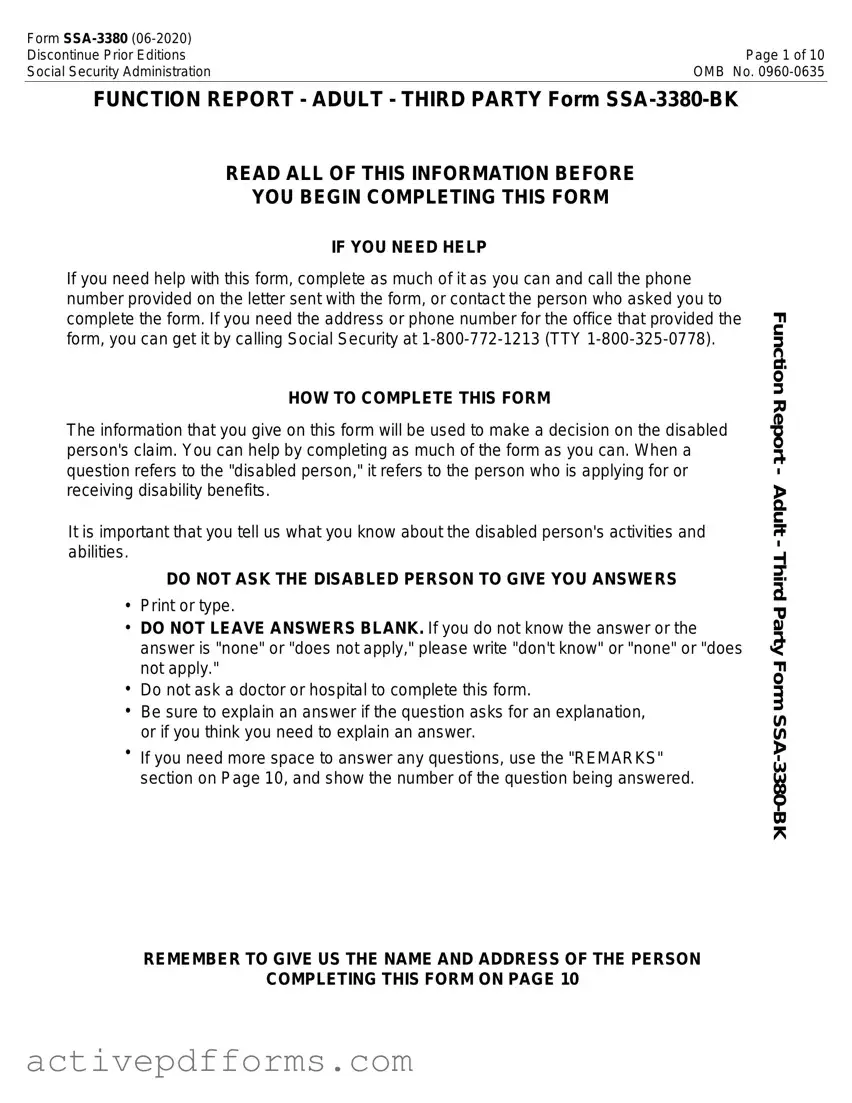


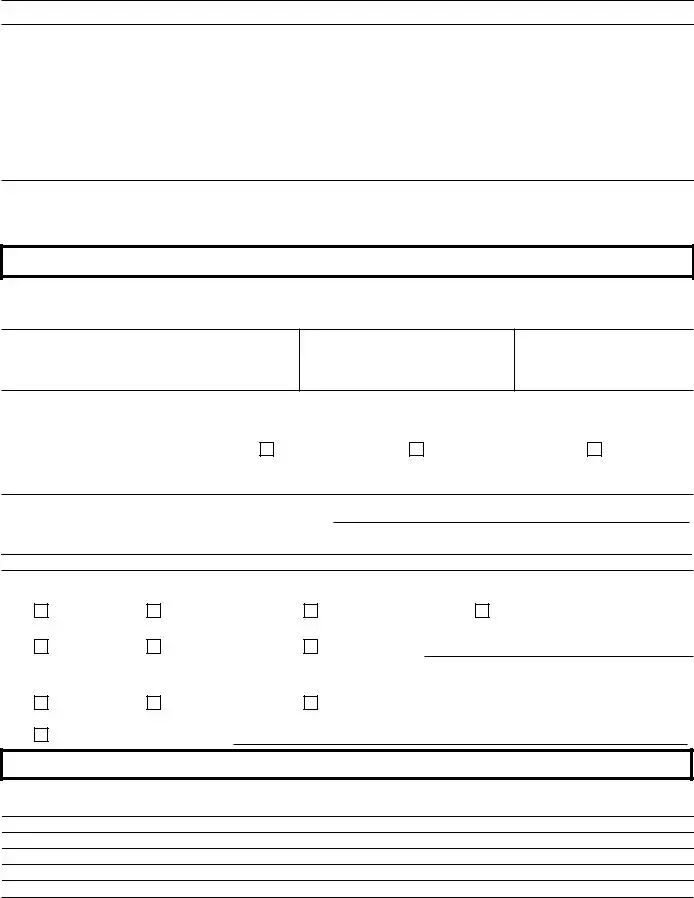
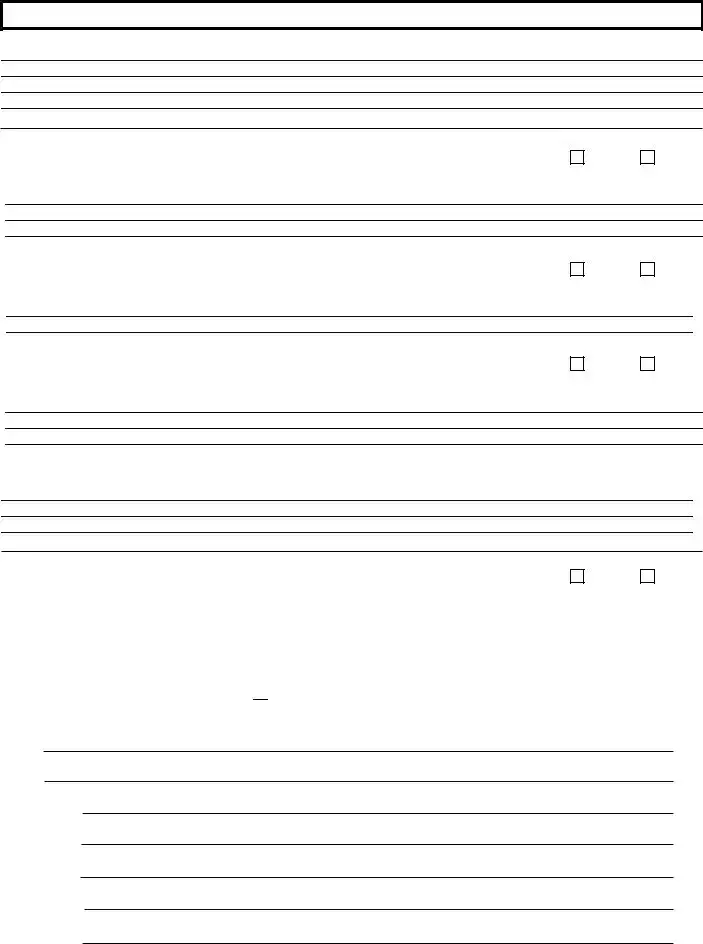
 if
if 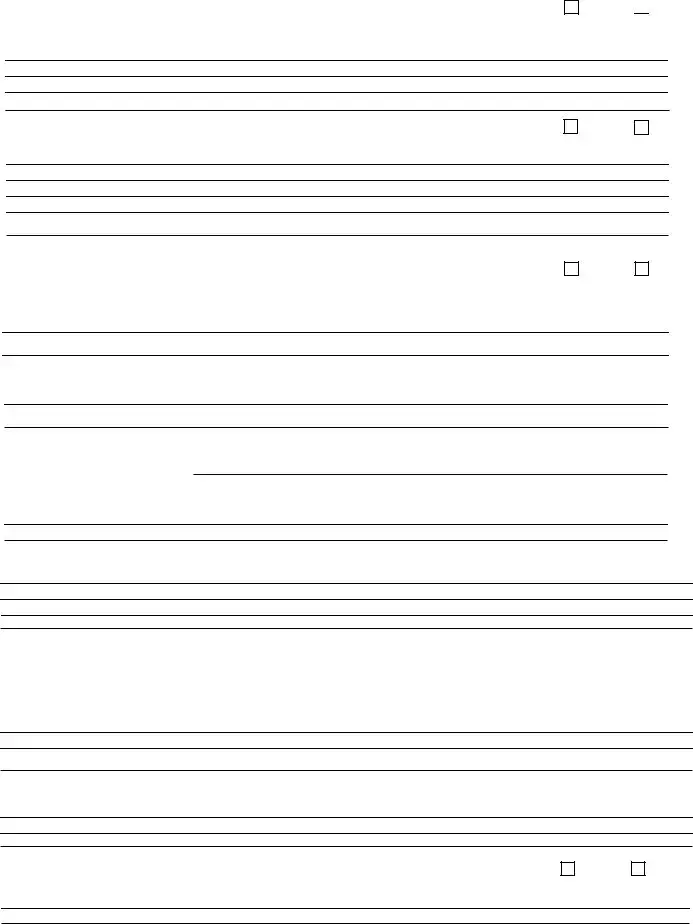

 No
No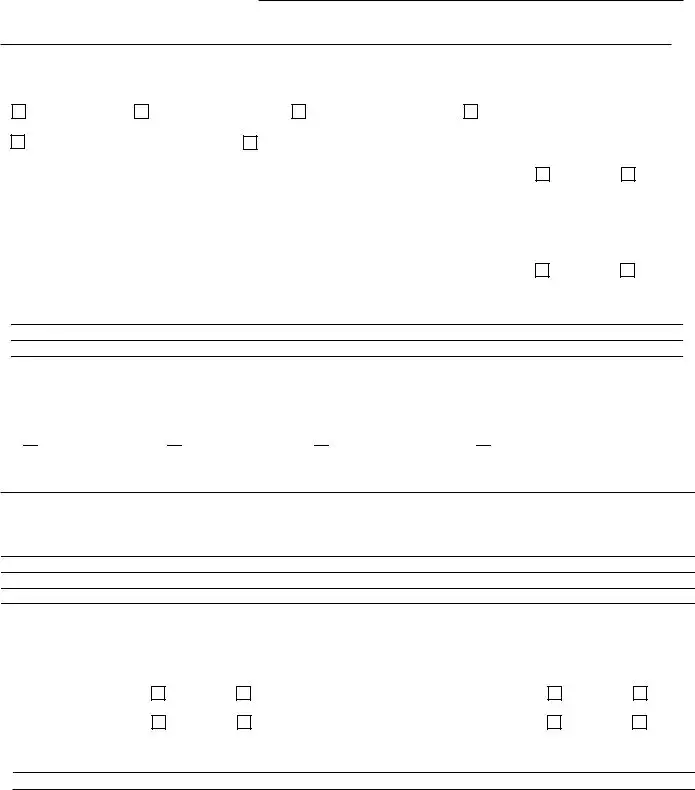
 In stores
In stores  By phone
By phone  By mail
By mail  By computer b. Describe what he/she shops for.
By computer b. Describe what he/she shops for.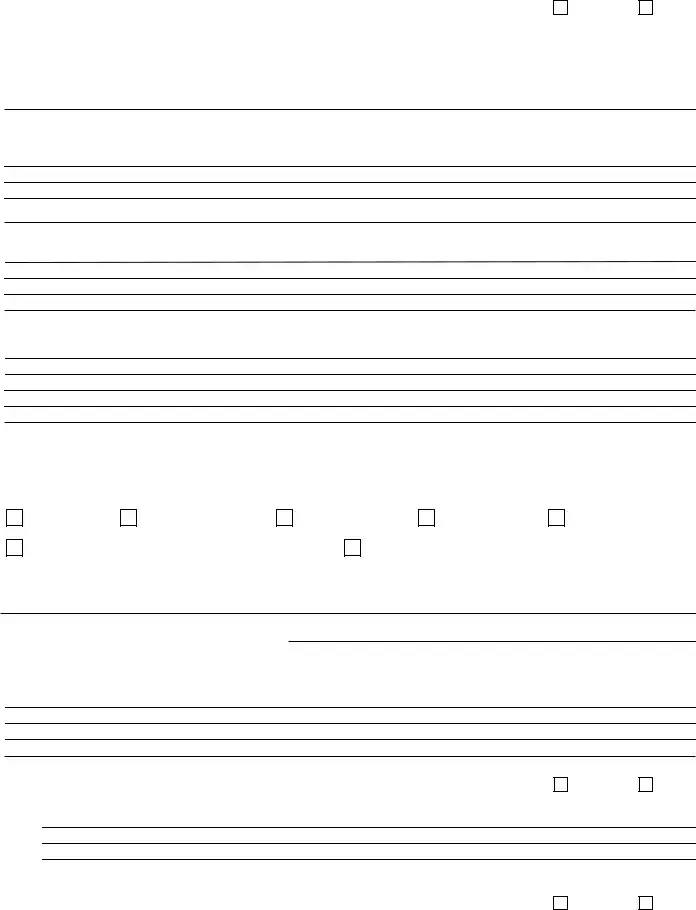
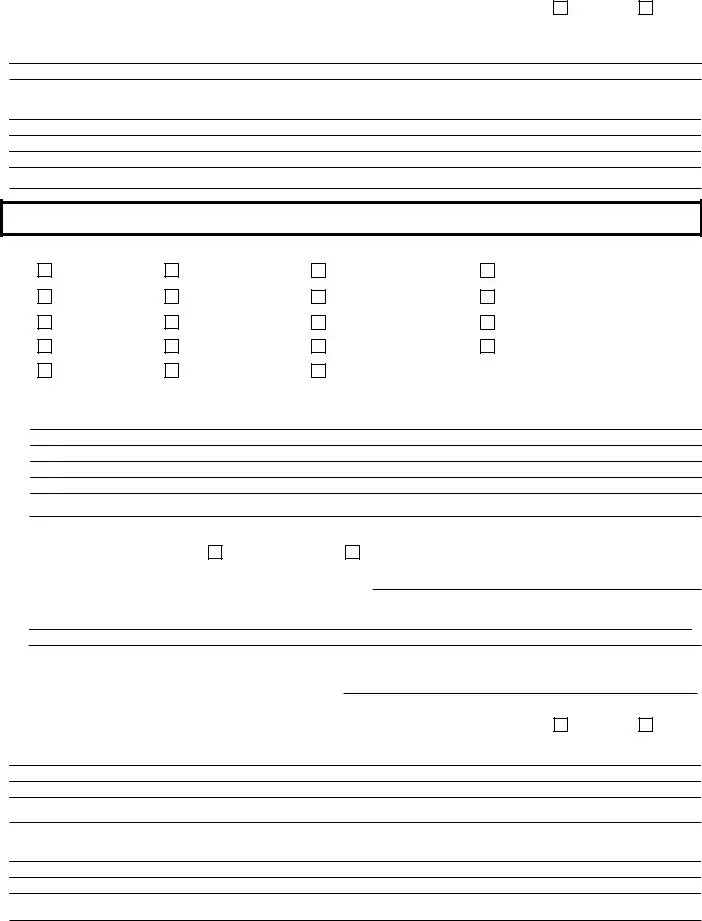
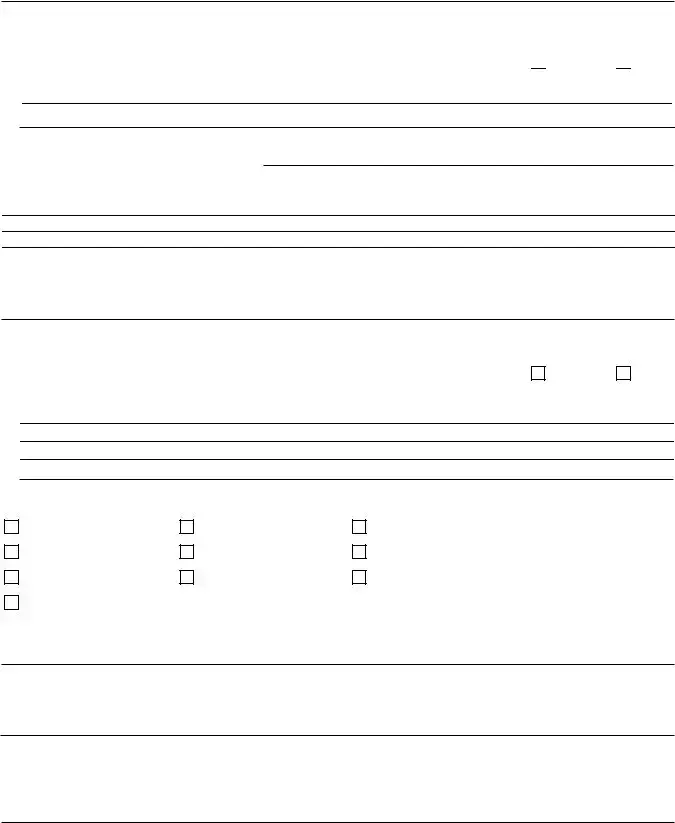

 Yes
Yes  No If "YES," please explain.
No If "YES," please explain.